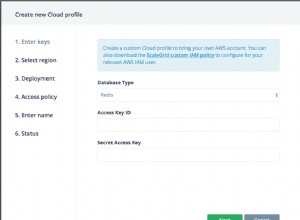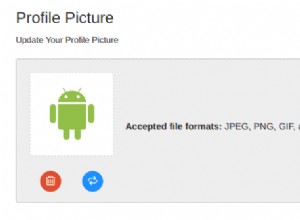Bạn có thể mở rộng MappingMongoEntityInformation để ghi đè getCollectionName (). Các hoạt động kho lưu trữ gọi getCollectionName () trên mỗi hoạt động. Tôi giả định rằng tenantId sẽ là một ThreadLocal
public class TenantThreadLocal extends ThreadLocal<String> {
private final static TenantThreadLocal instance = new TenantThreadLocal();
public static TenantThreadLocal instance() {
return instance;
}
}
Và lớp được ghi đè với các hàm tạo bị bỏ qua.
public class TenantMappingMongoEntityInformation<T, ID extends java.io.Serializable> extends MappingMongoEntityInformation<T, ID> {
@Override
public String getCollectionName() {
return TenantThreadLocal.instance().get() + super.getCollectionName();
}
}
Sau đó, tạo kho lưu trữ của bạn:
MongoPersistentEntity<YourObject> persistentEntity =
(MongoPersistentEntity<YourObject>)
mongoOperations.getConverter()
.getMappingContext()
.getPersistentEntity(YourObject.class);
MongoEntityInformation<YourObject, ObjectId> mongoEntityInformation =
new MappingMongoEntityInformation<YourObject, ObjectId>(persistentEntity);
CrudRepository<YourObject, ObjectId> repository =
new SimpleMongoRepository<YourObject, ObjectId>(mongoEntityInformation, mongoOperations);




